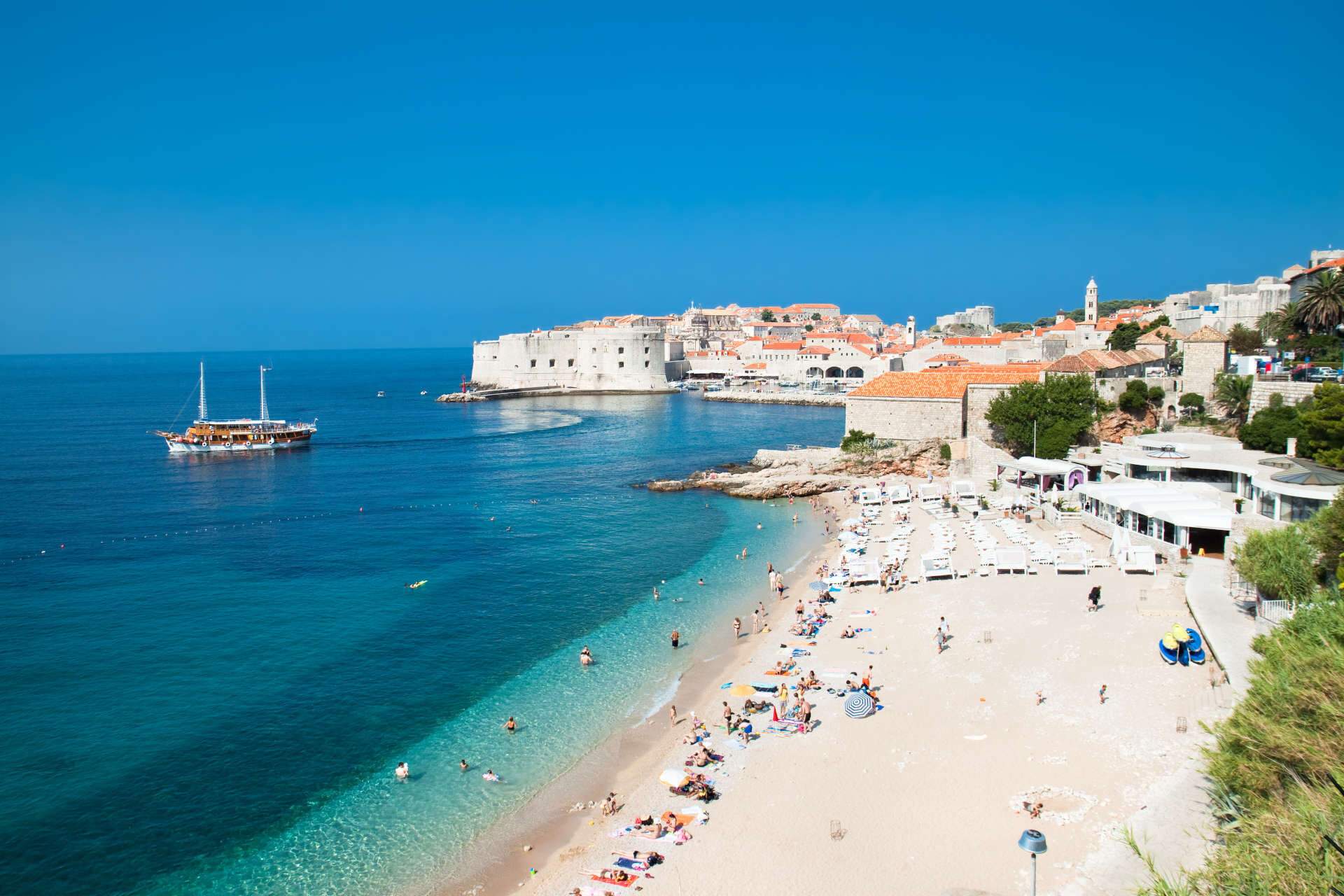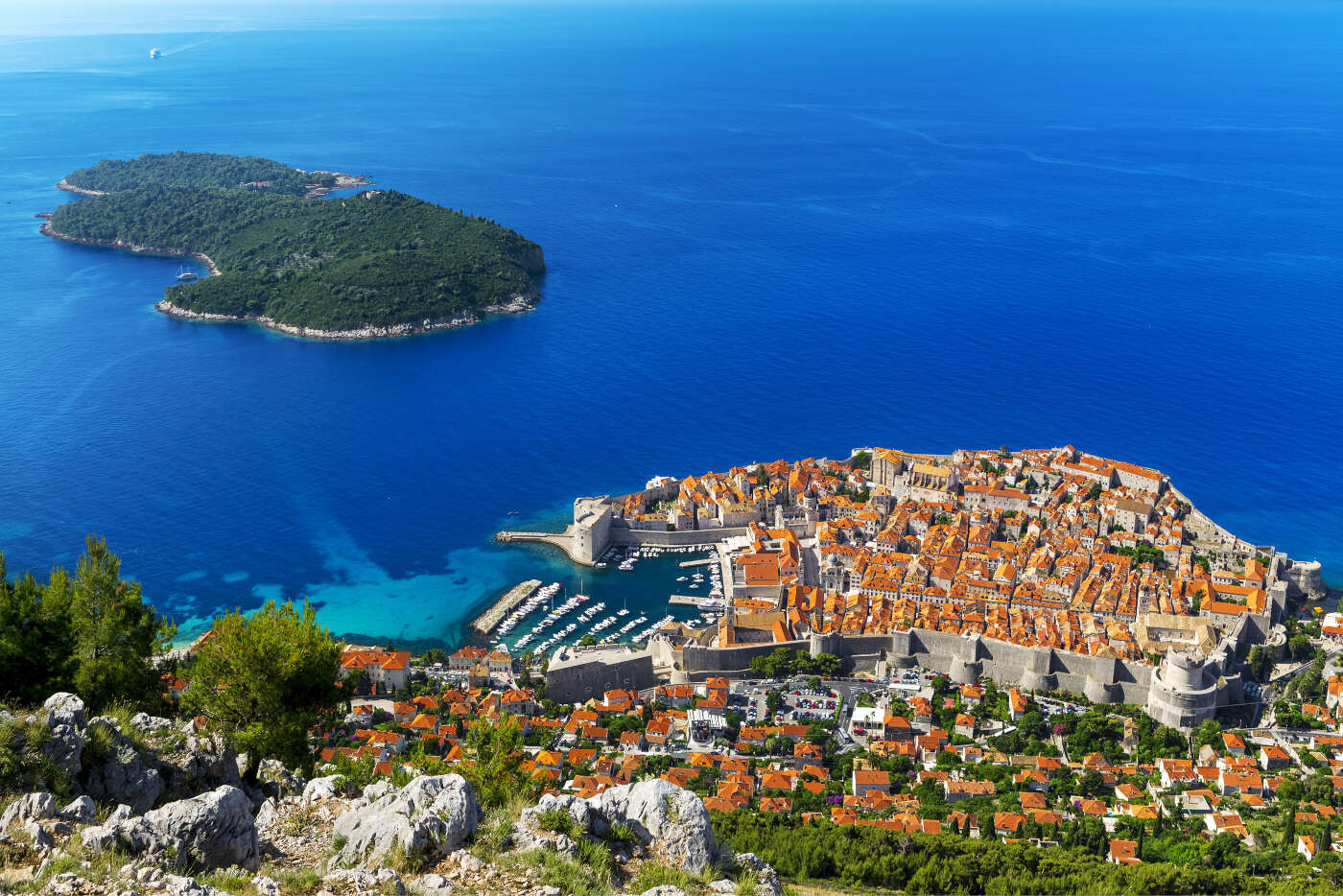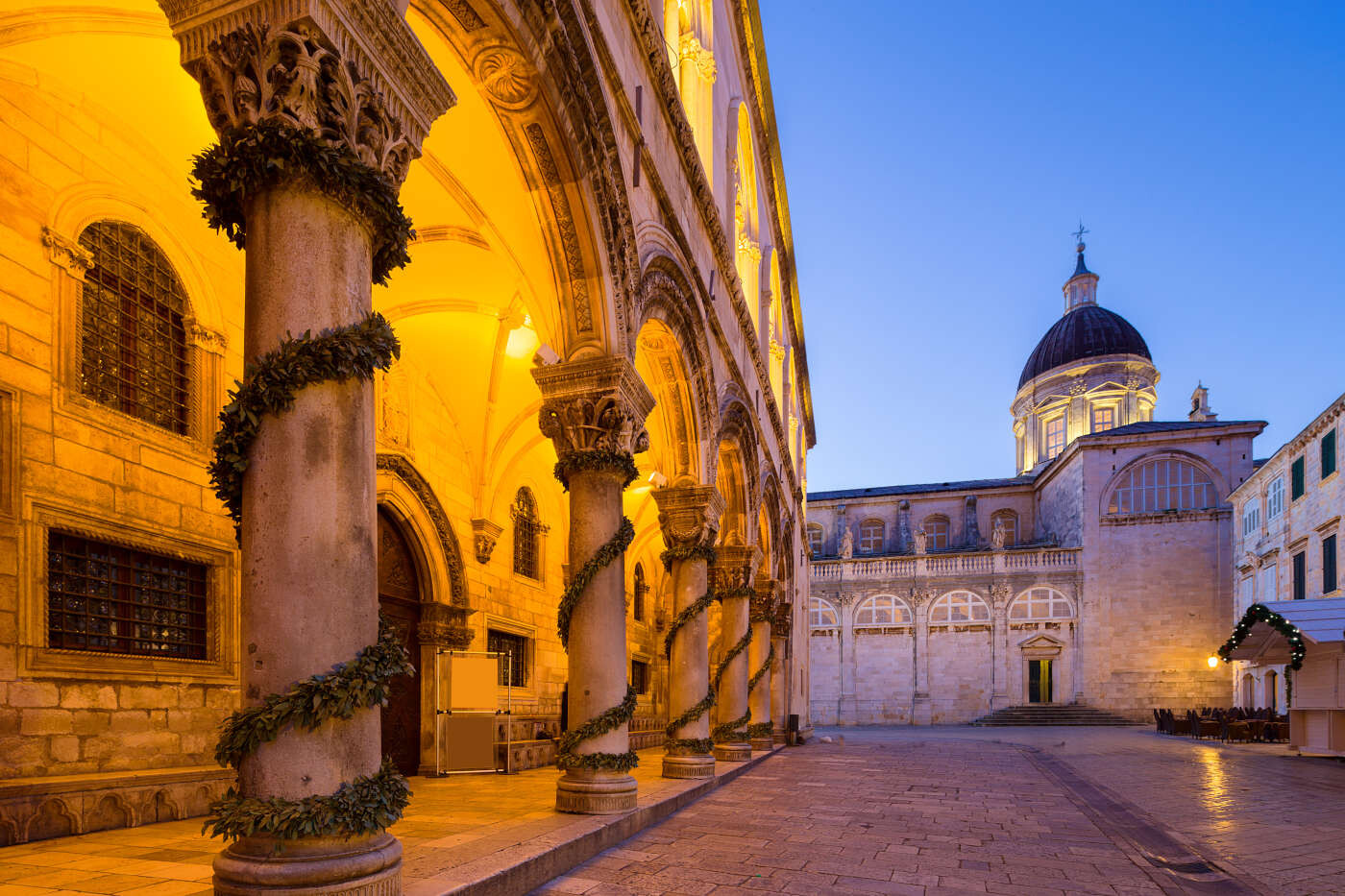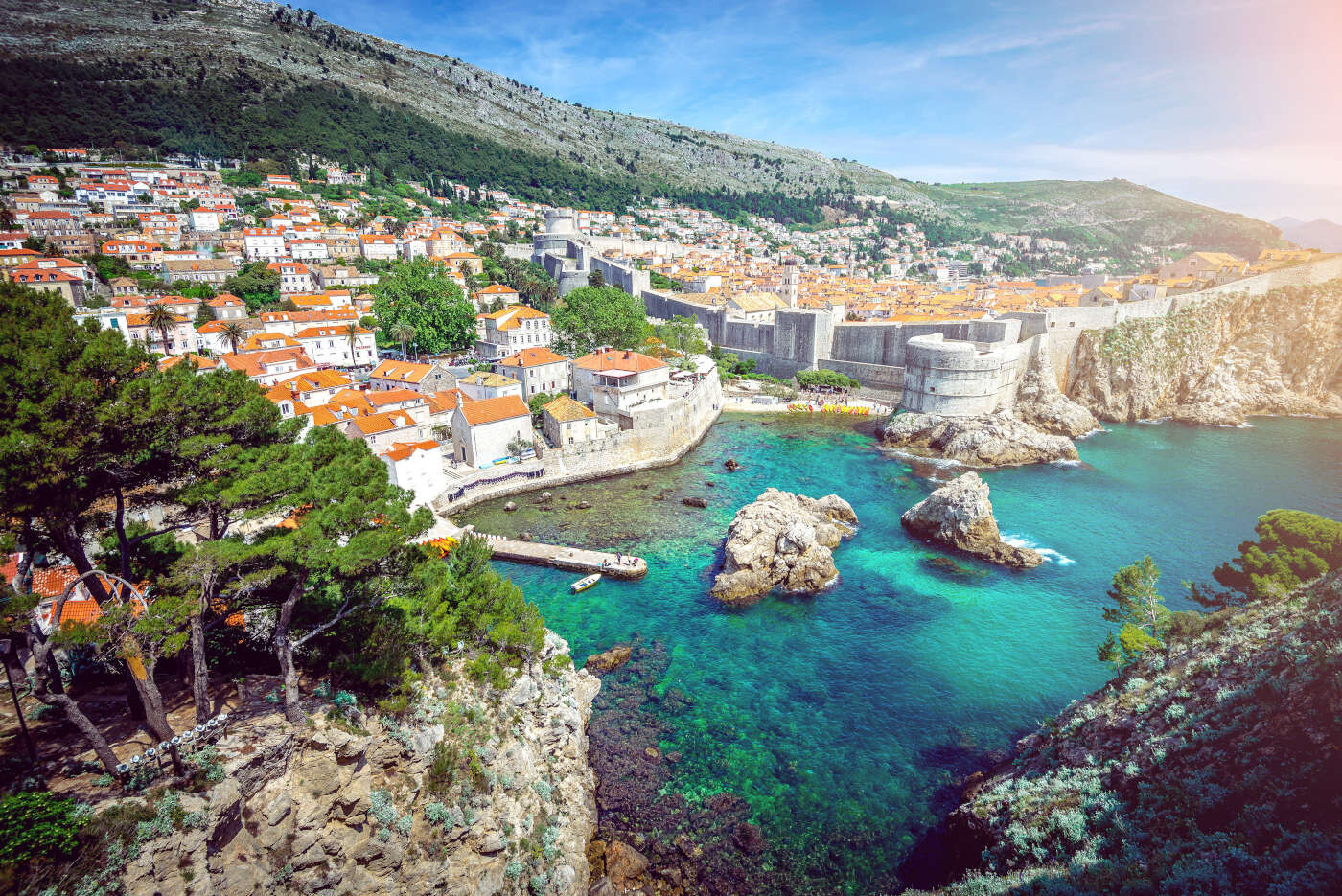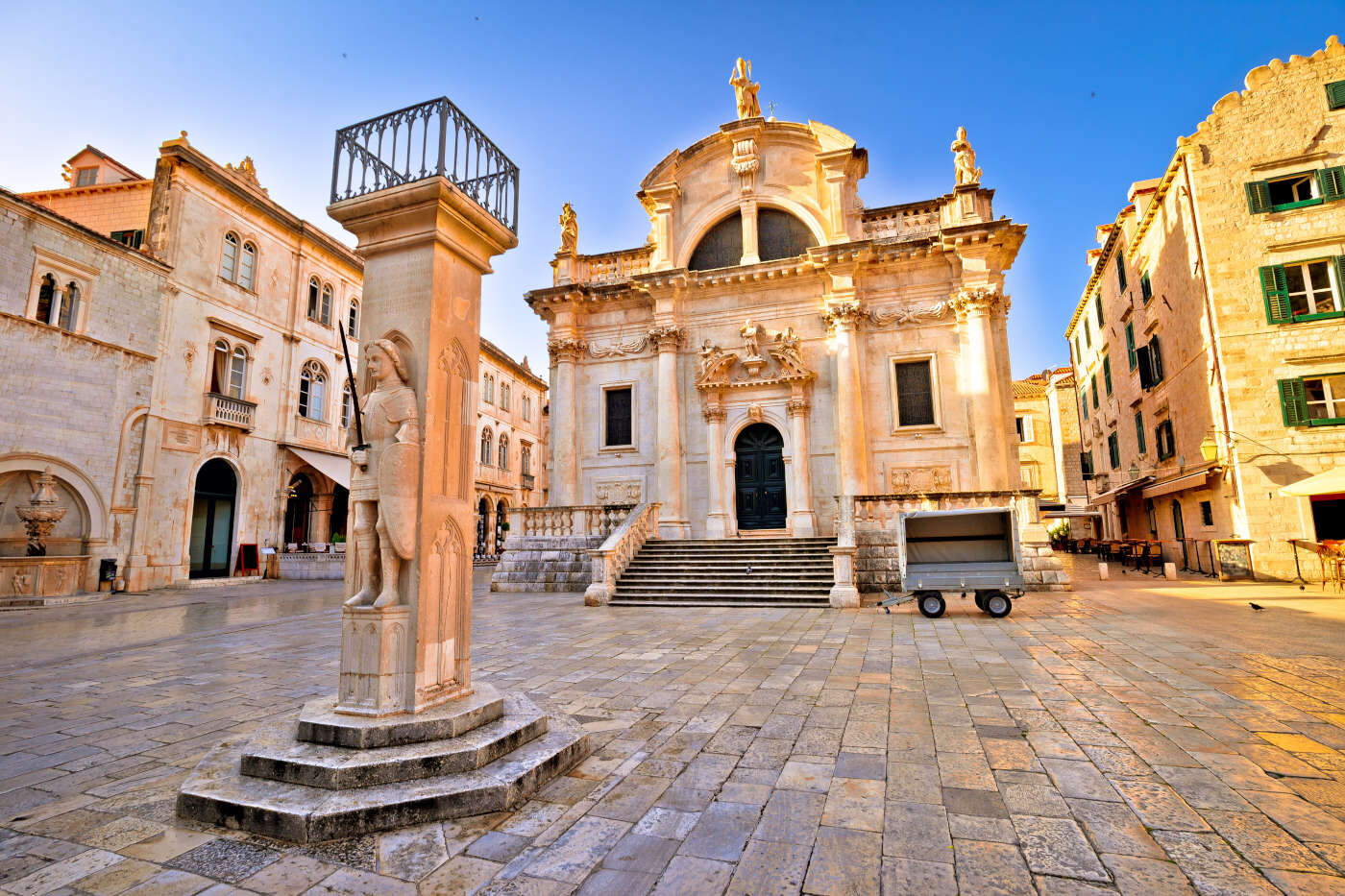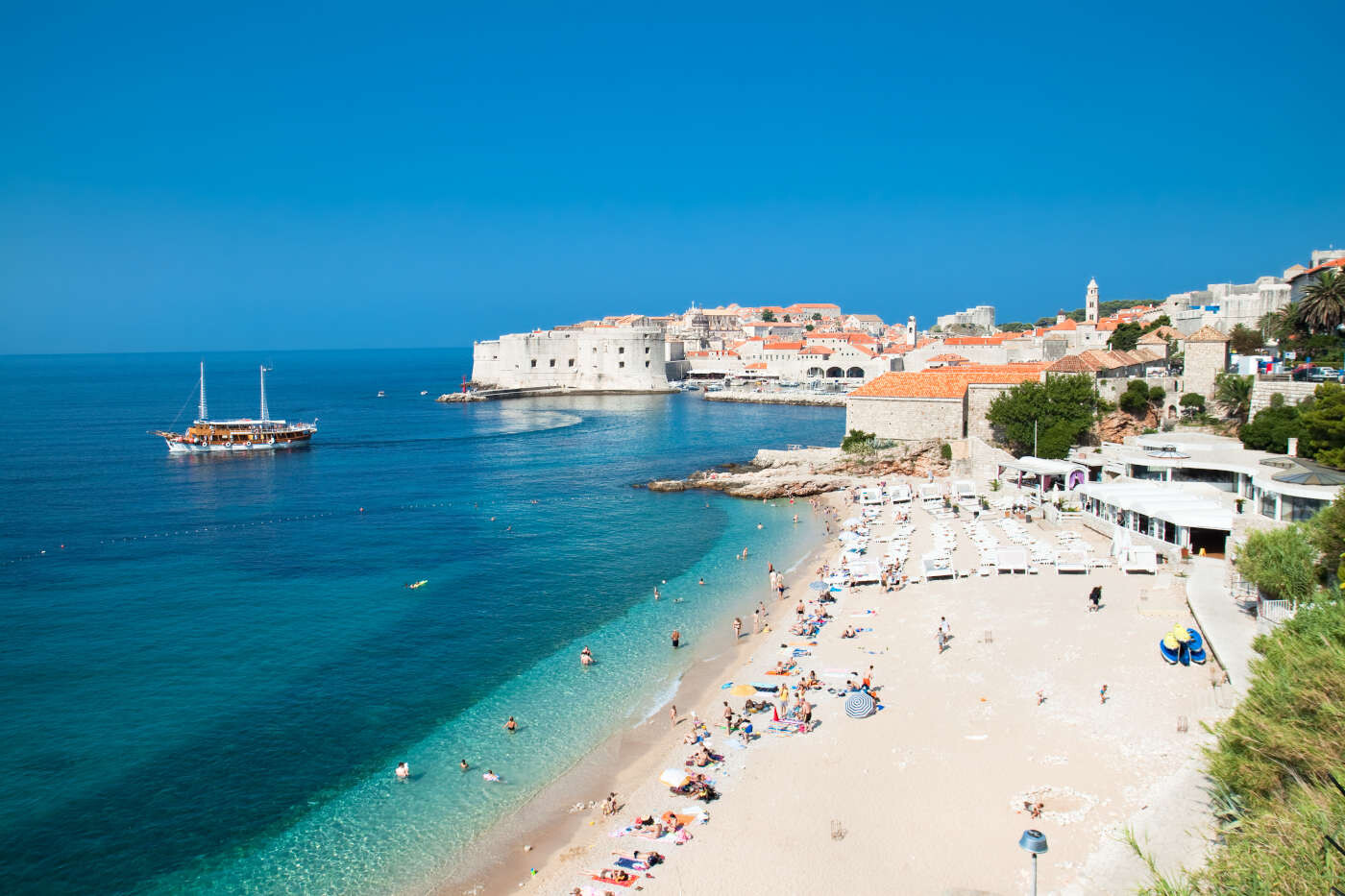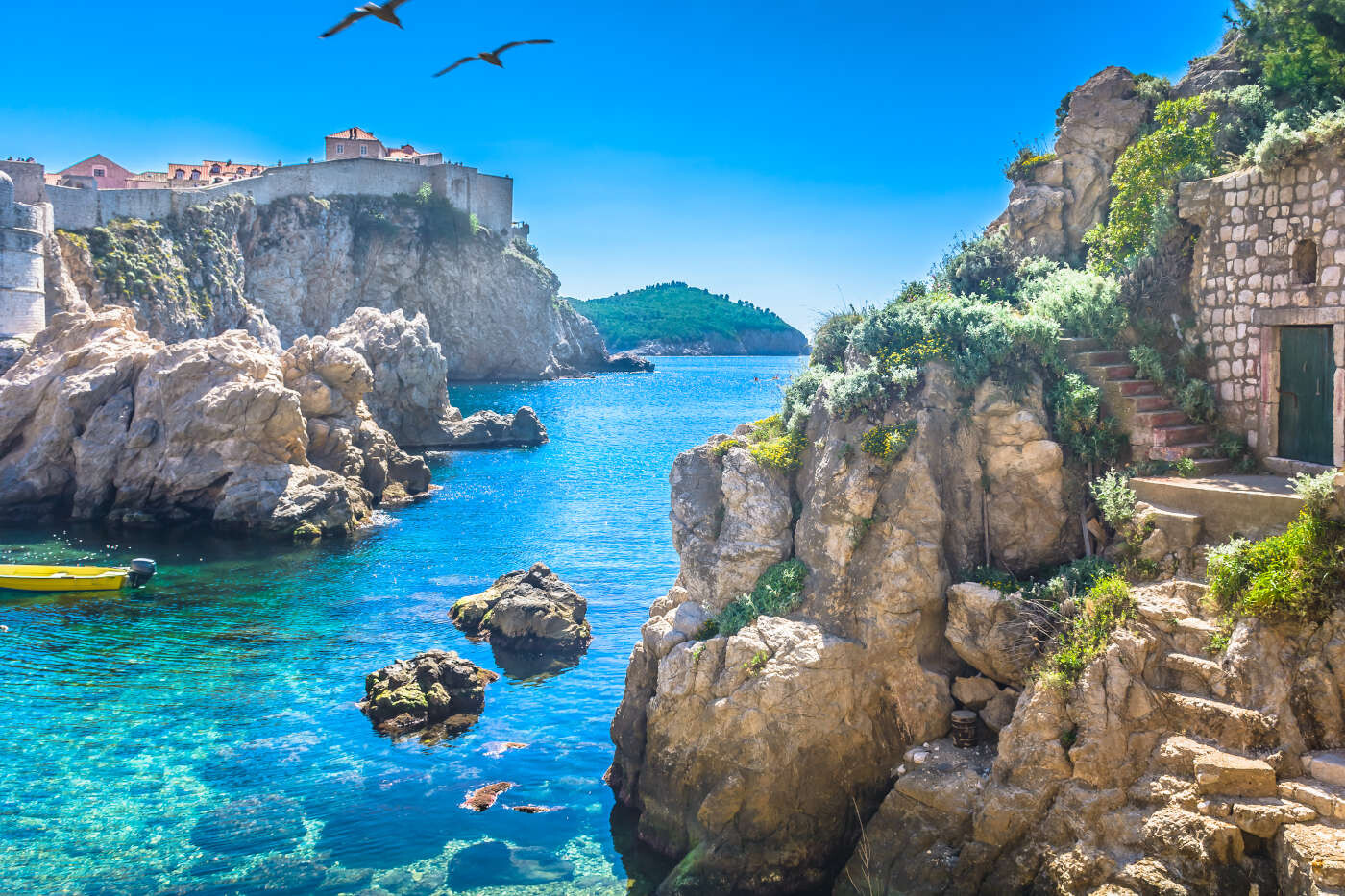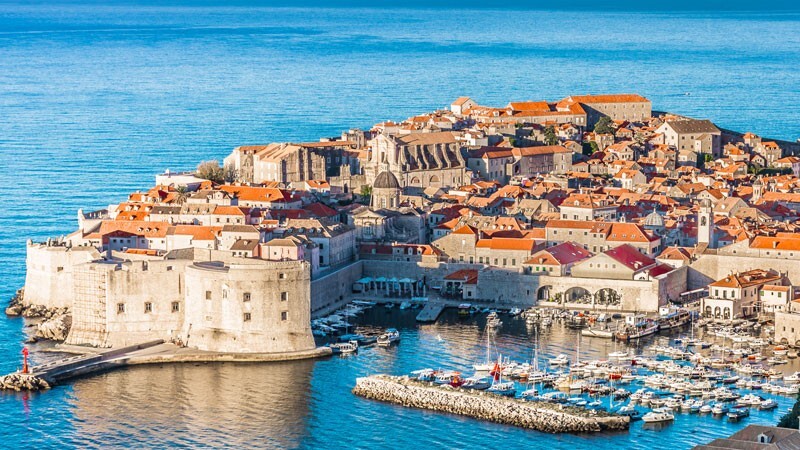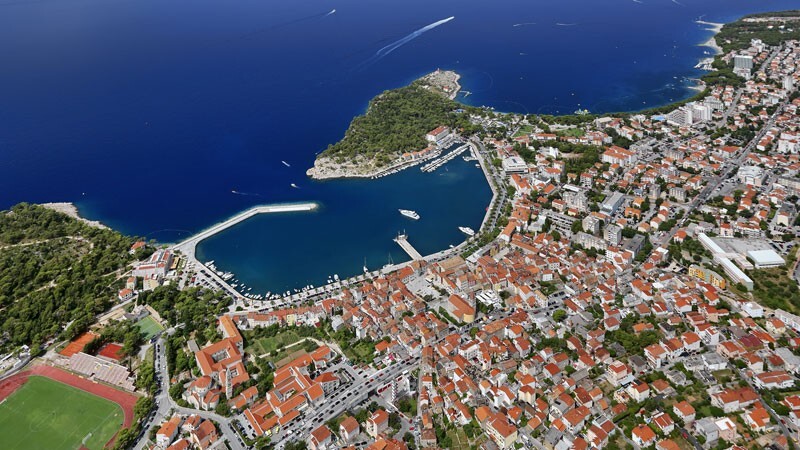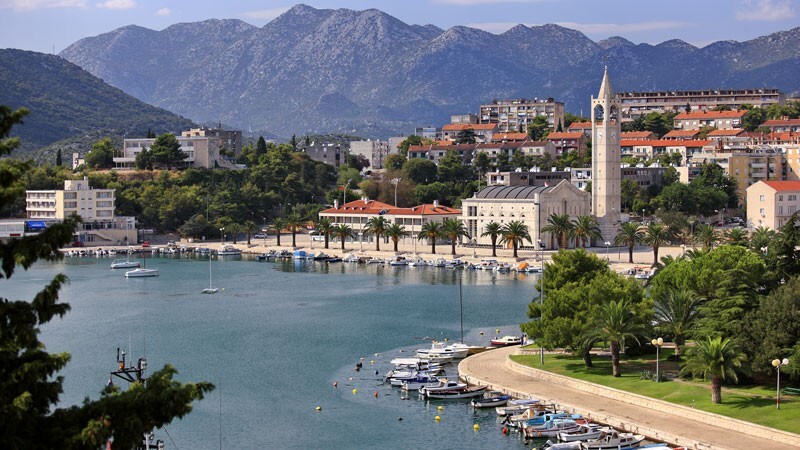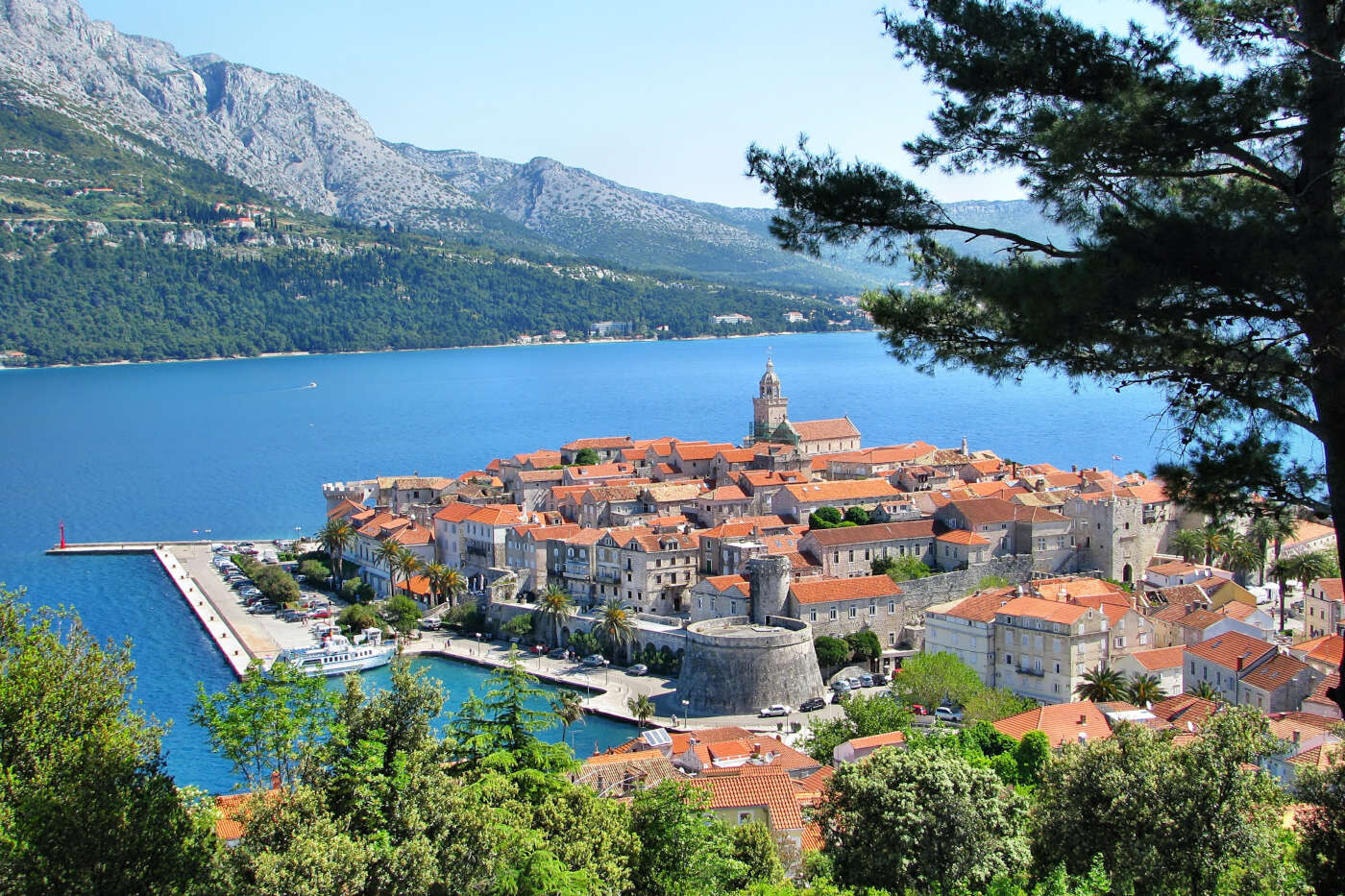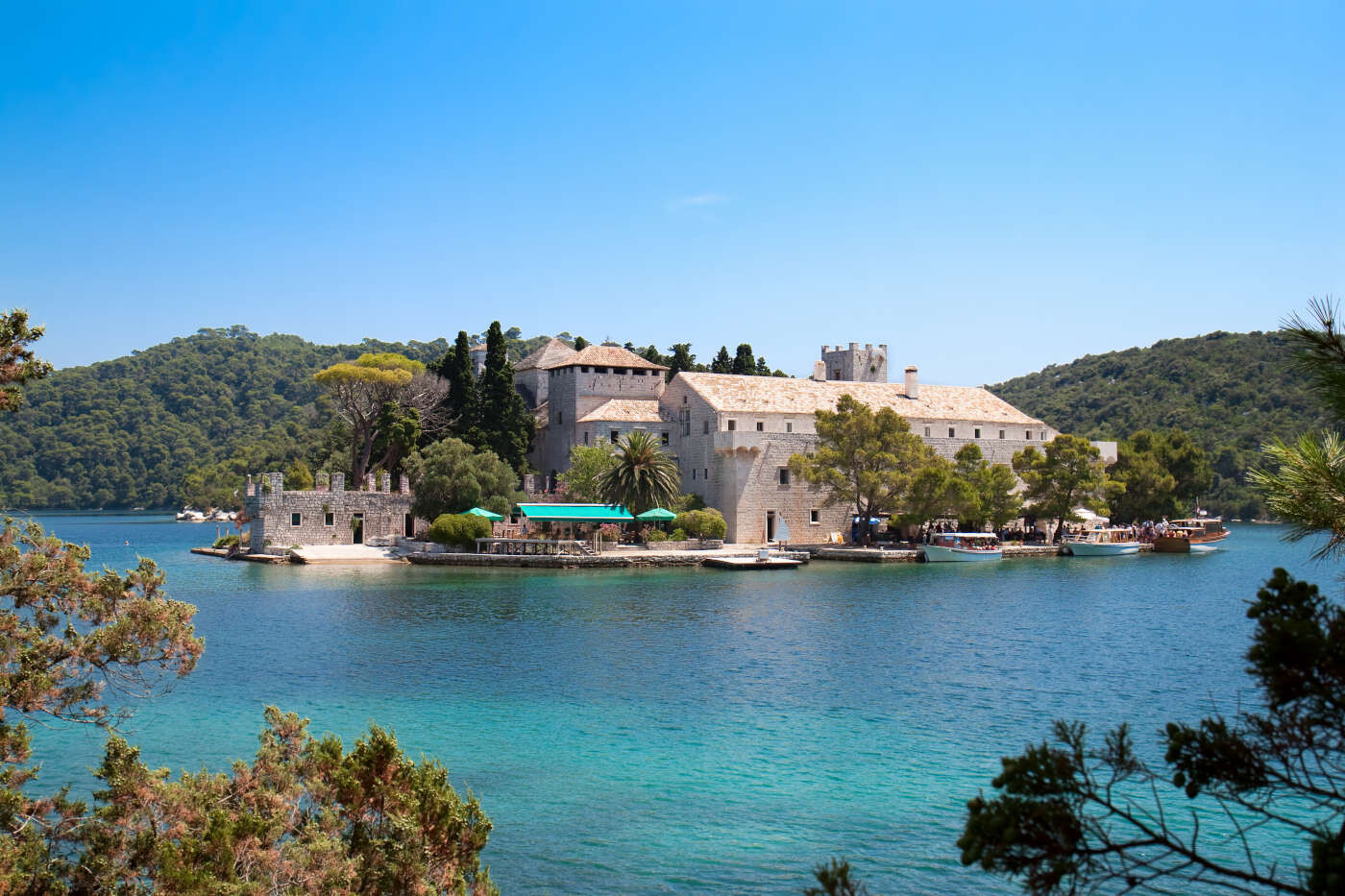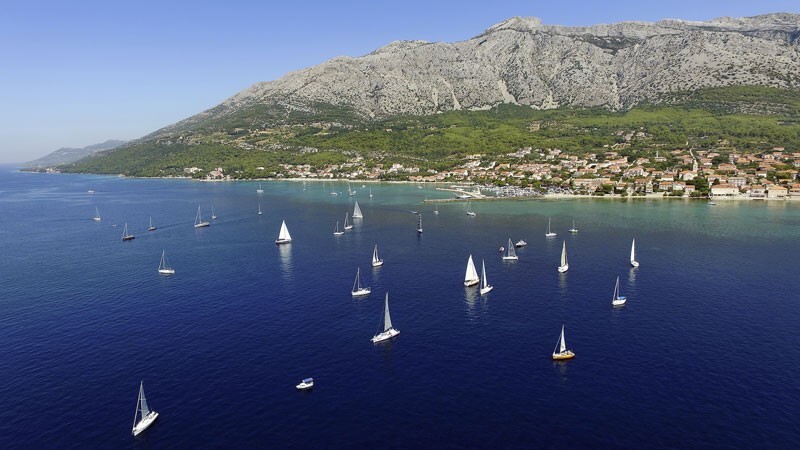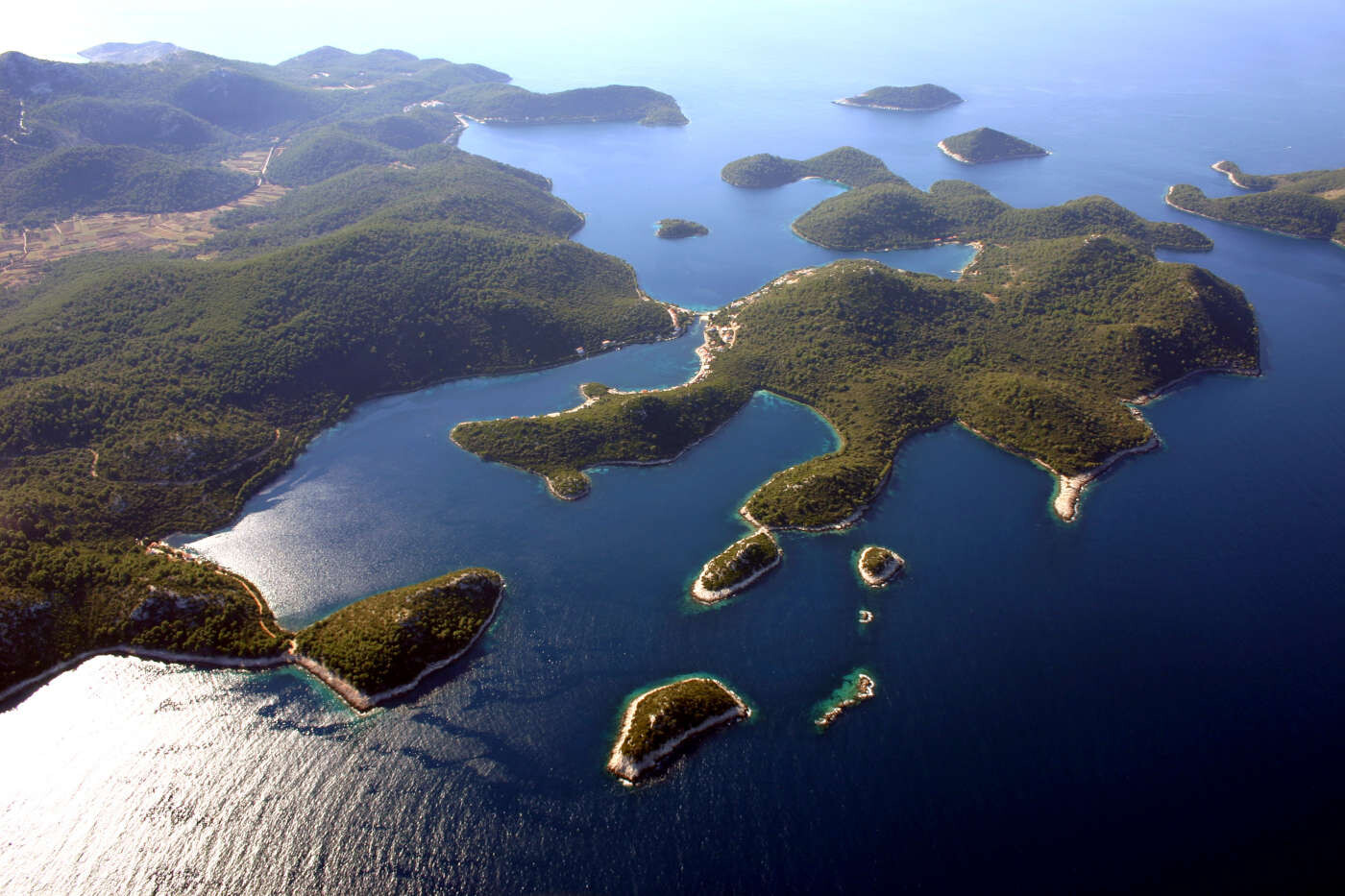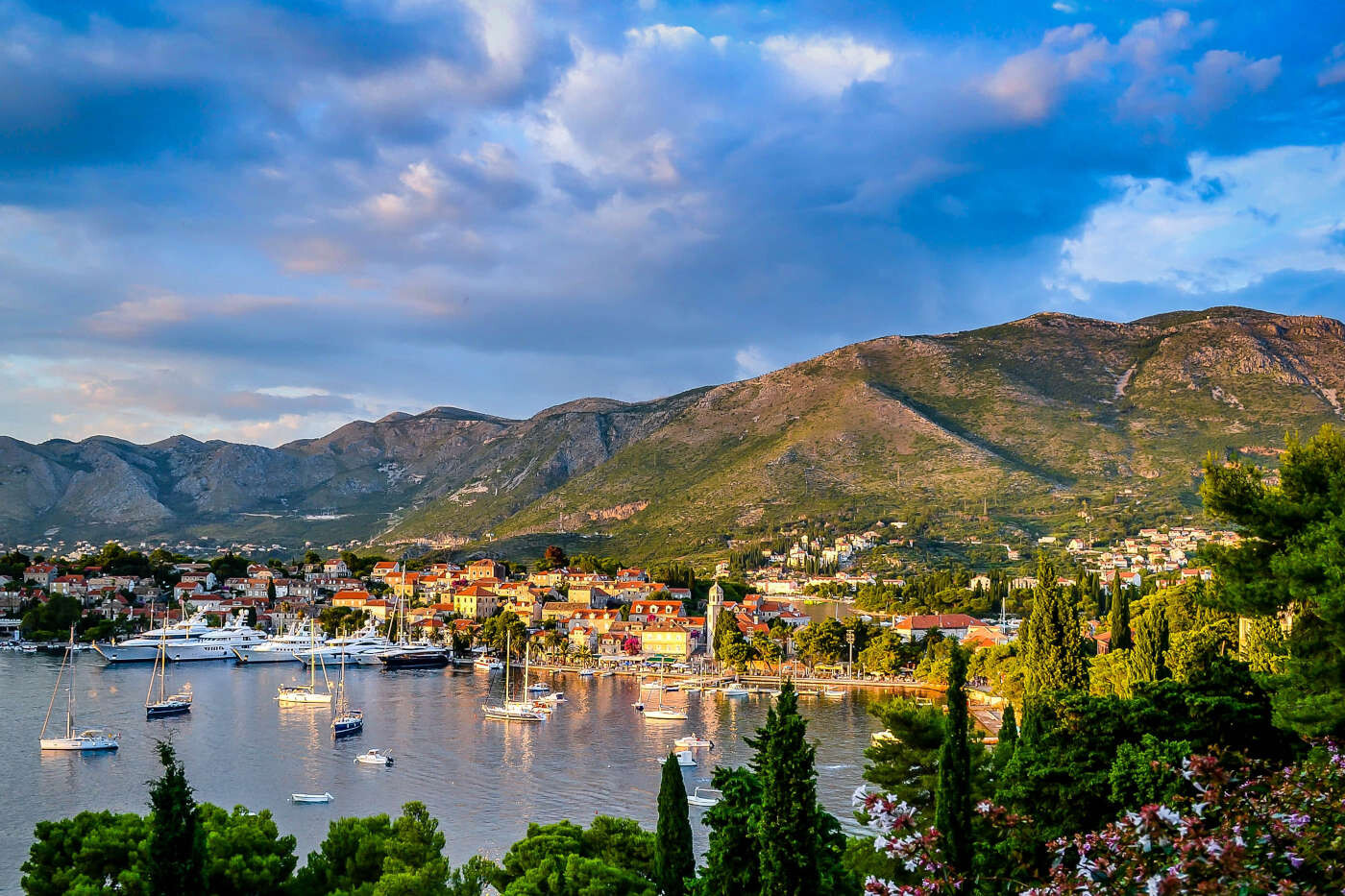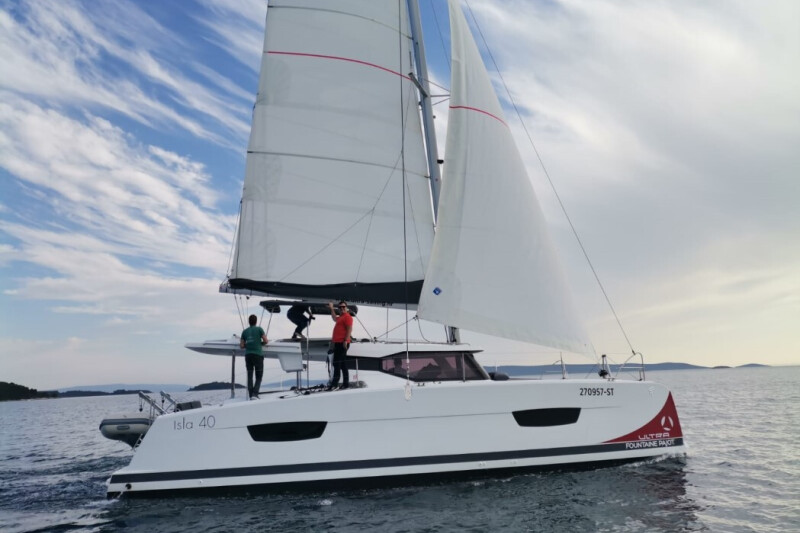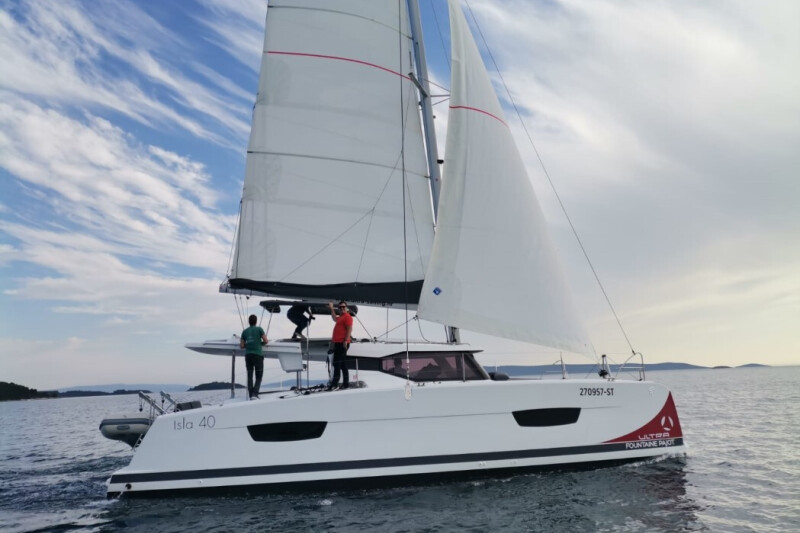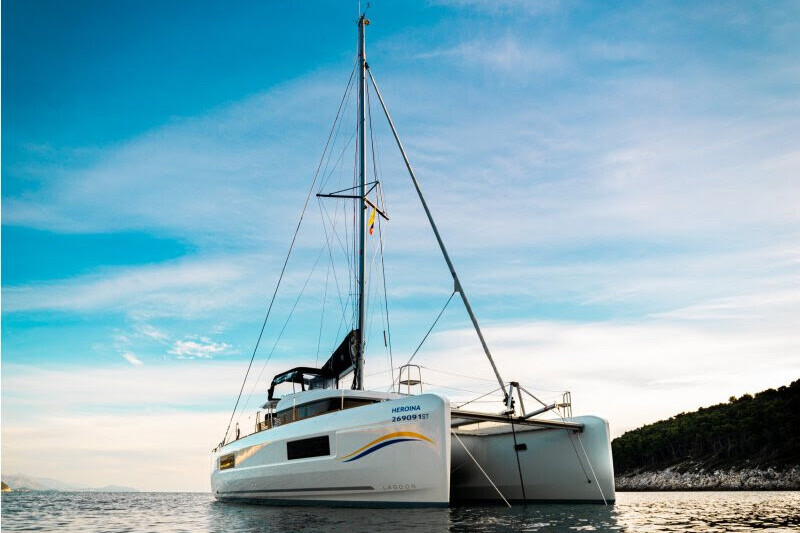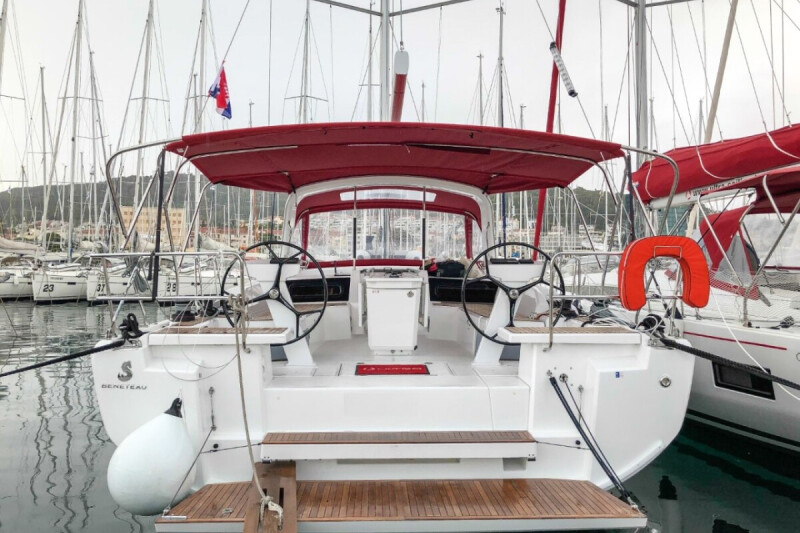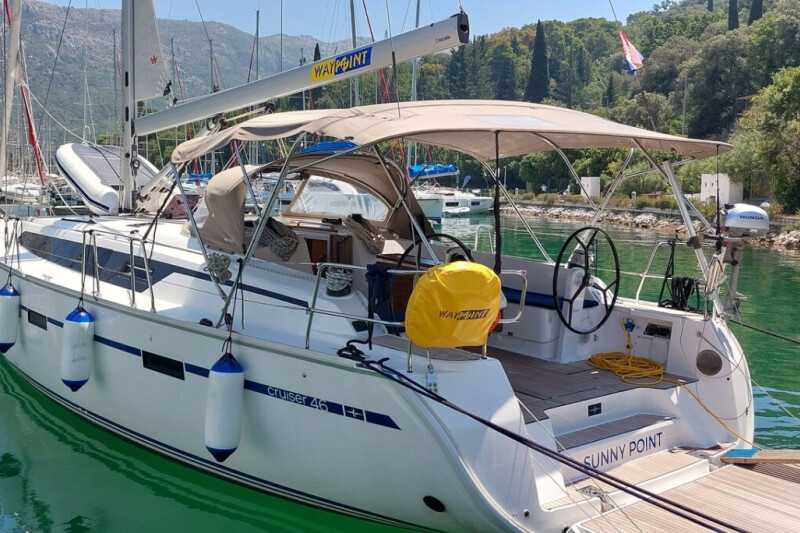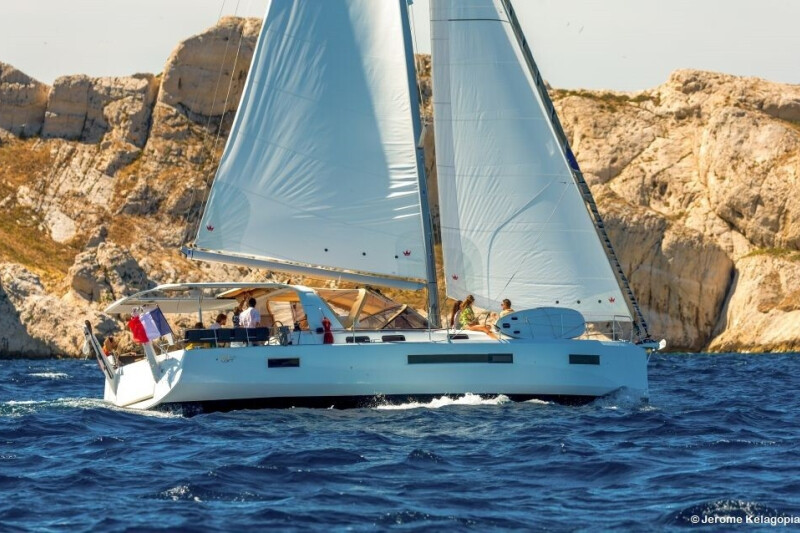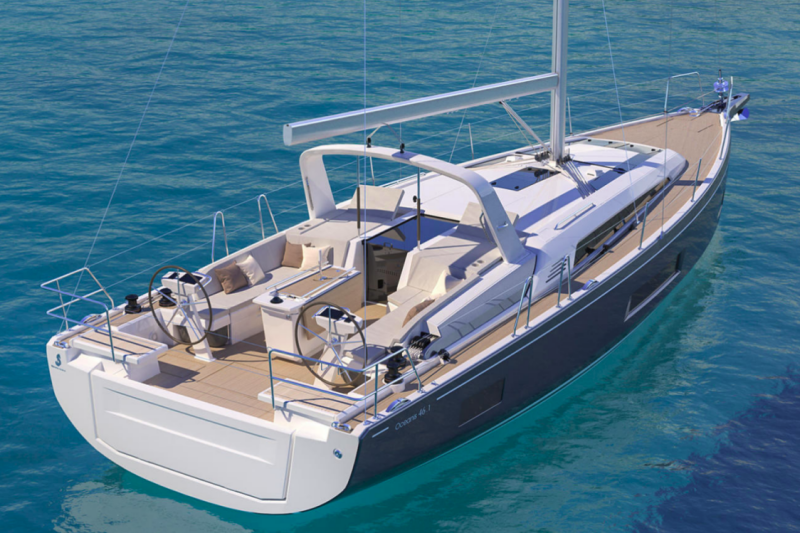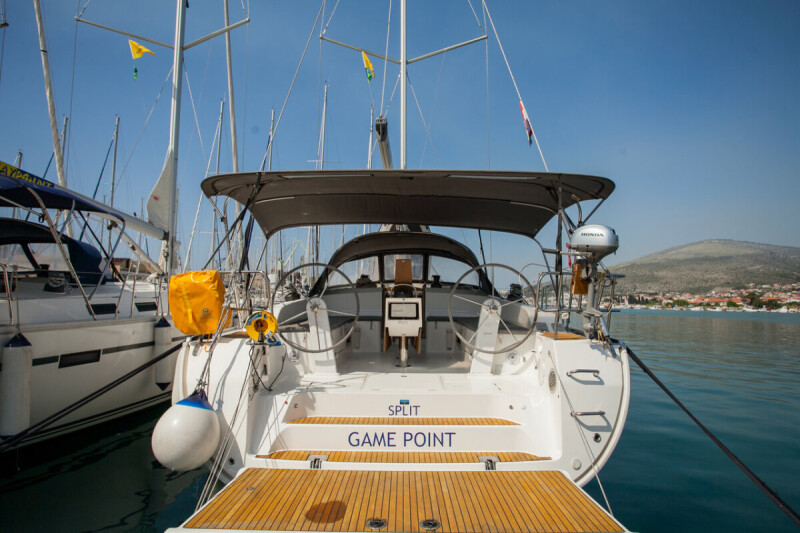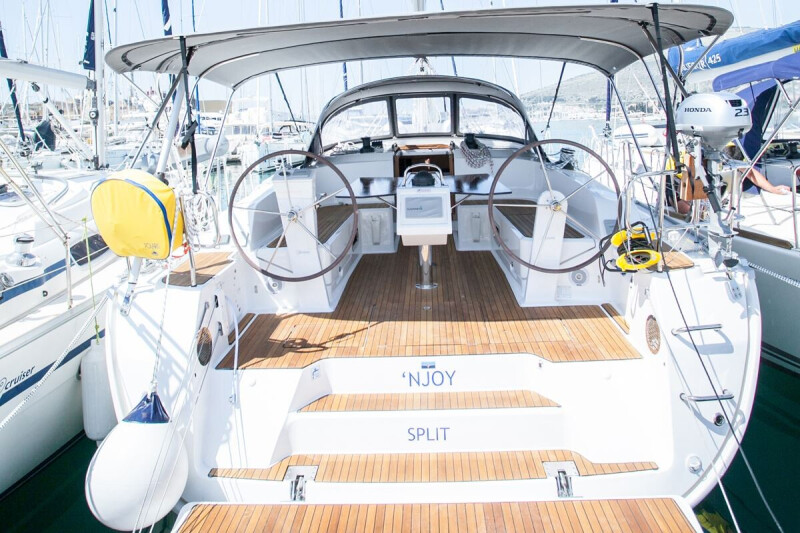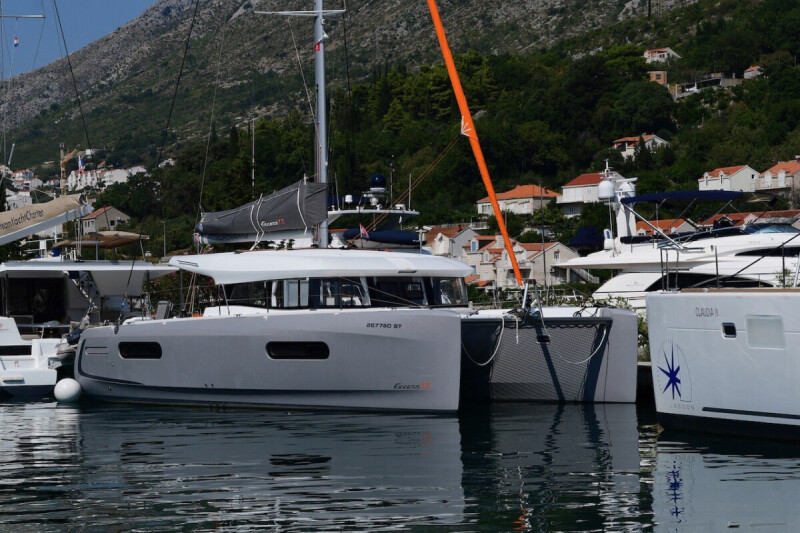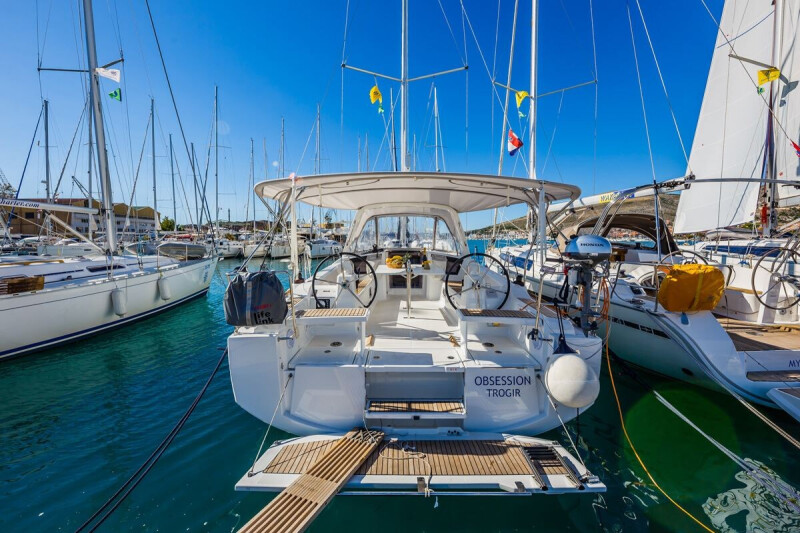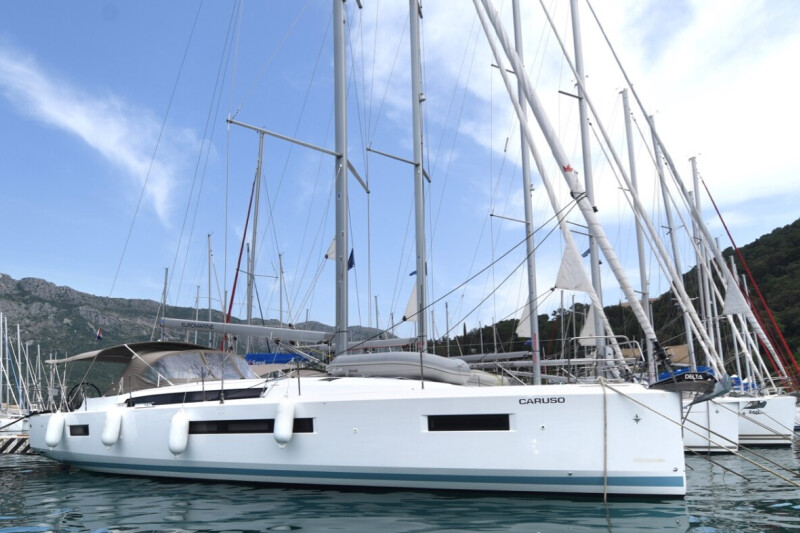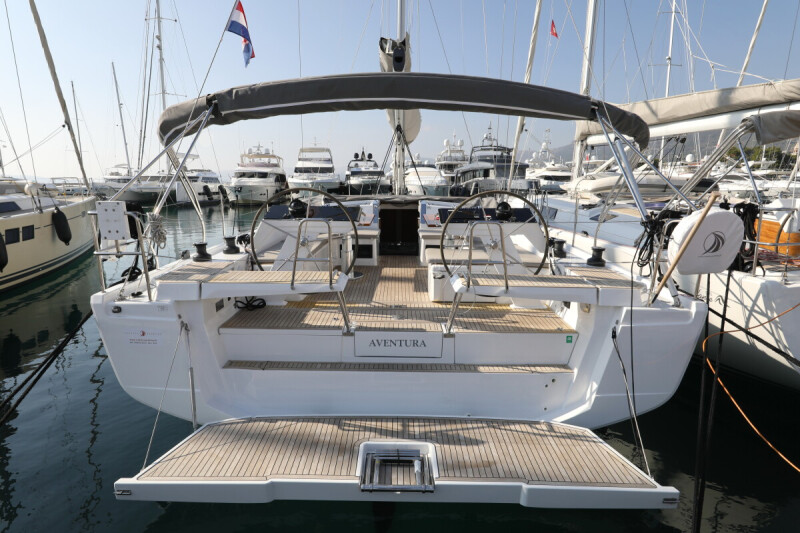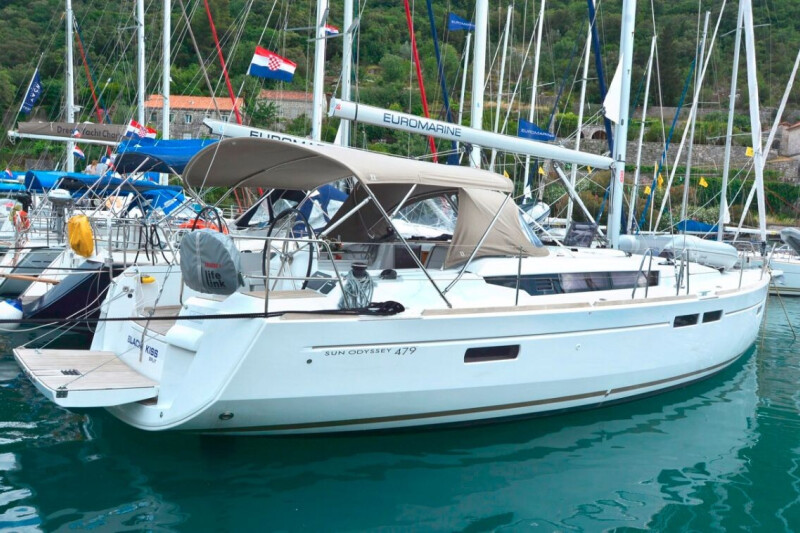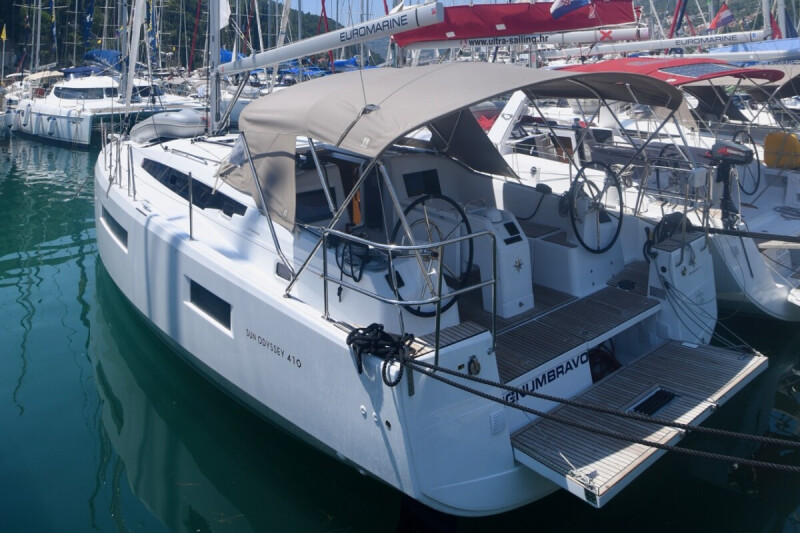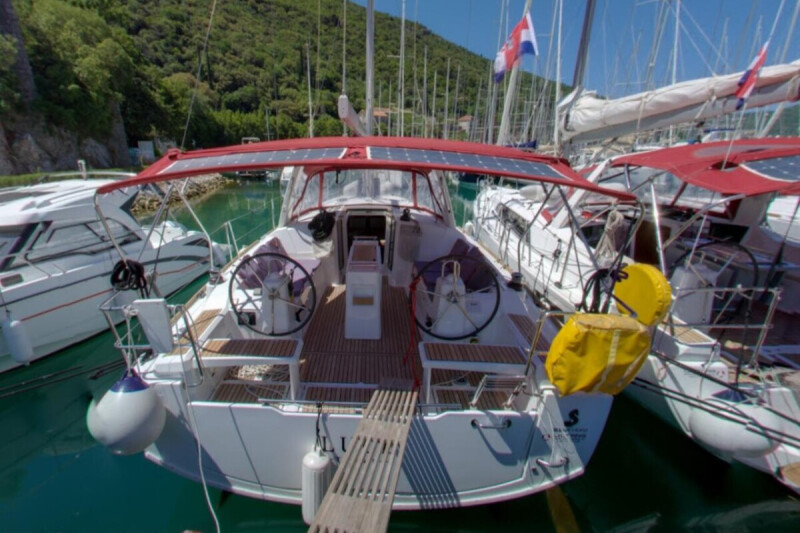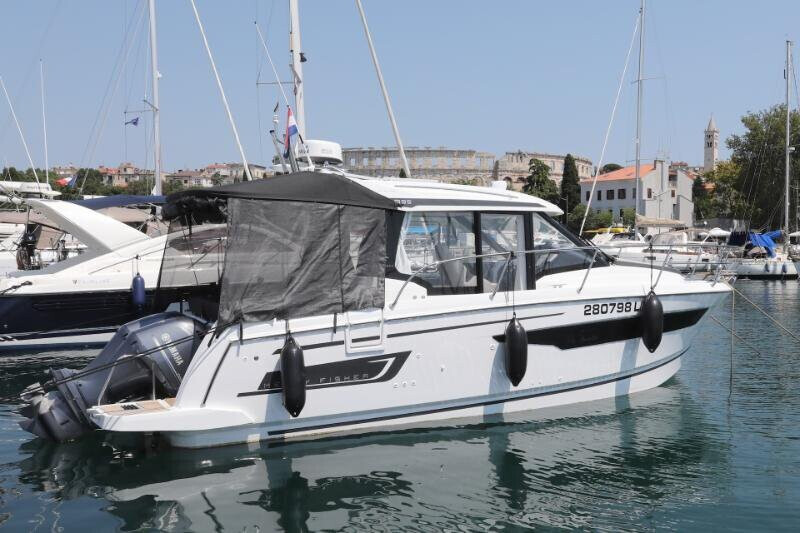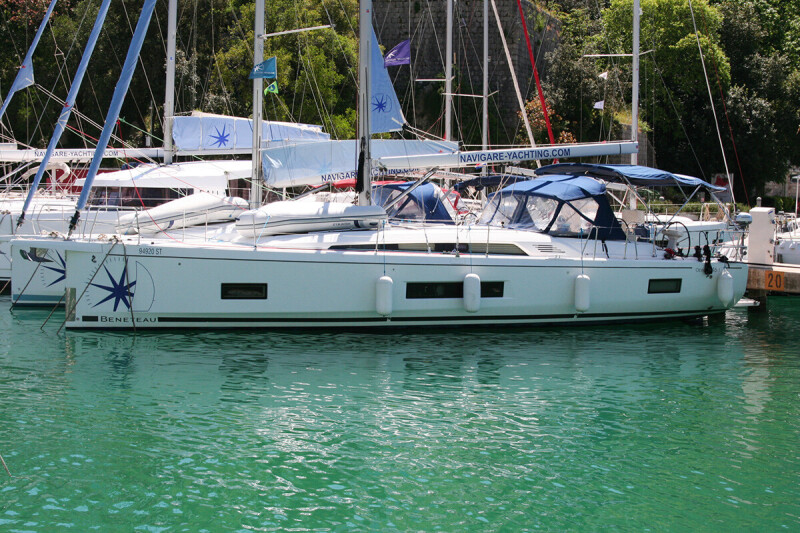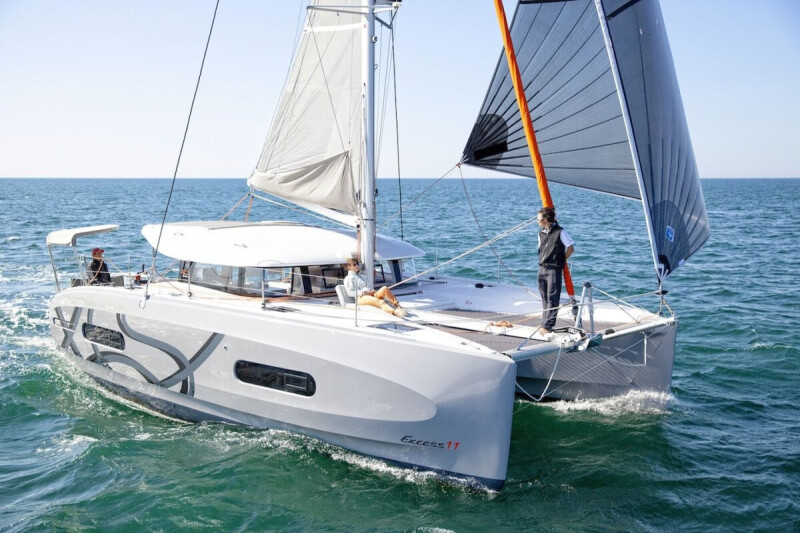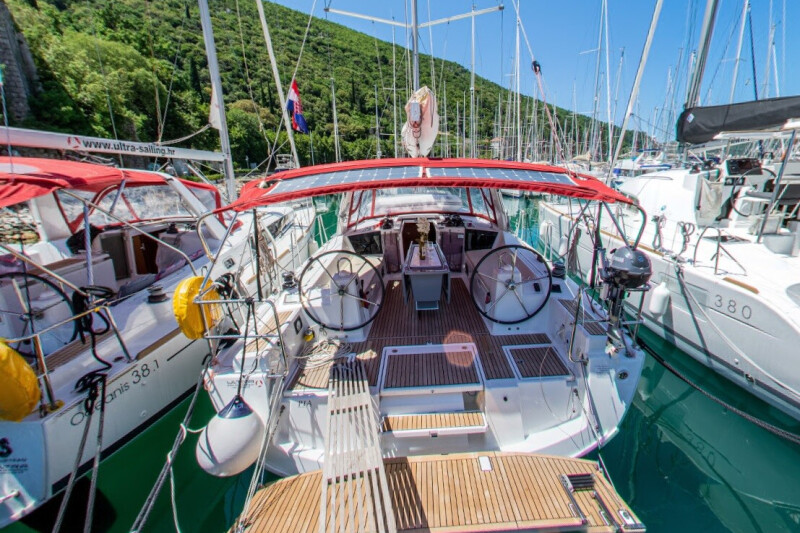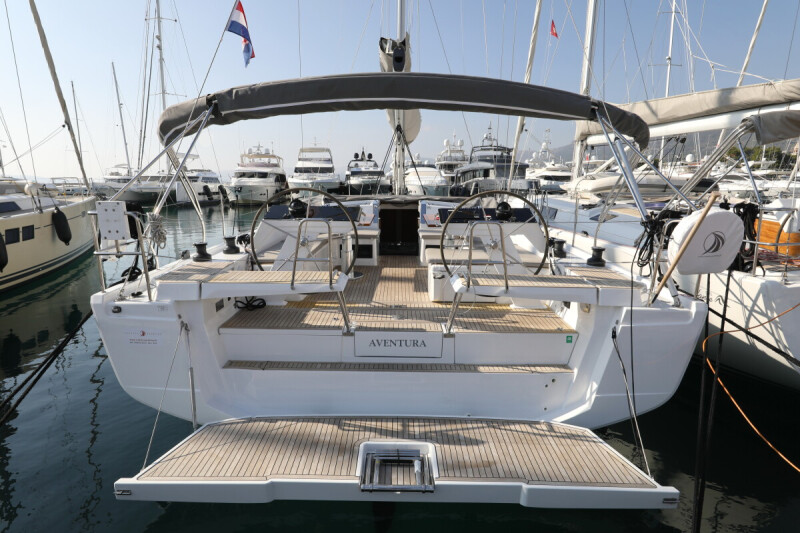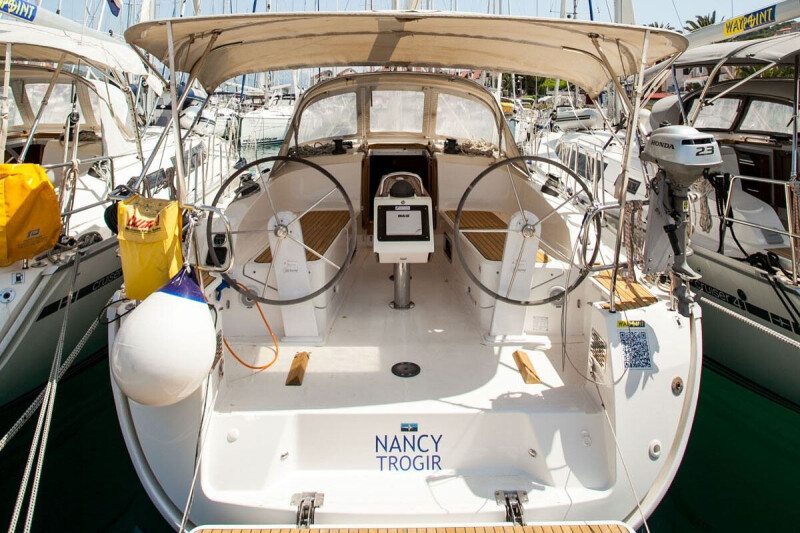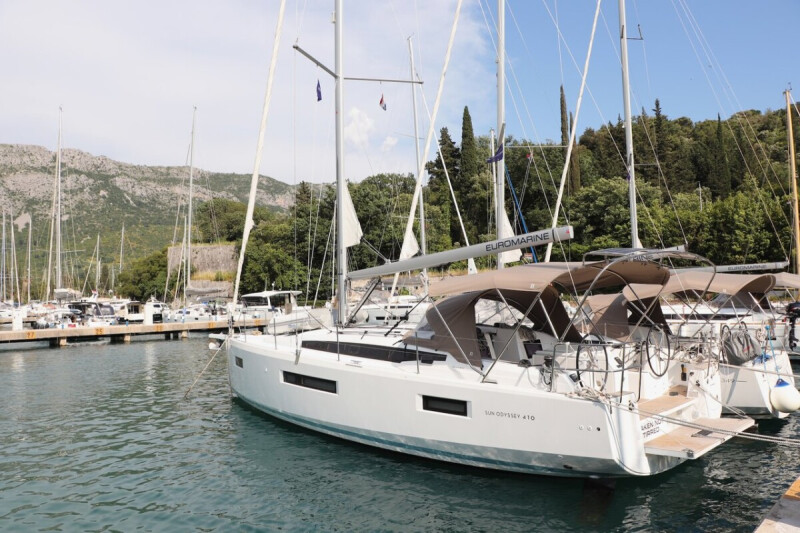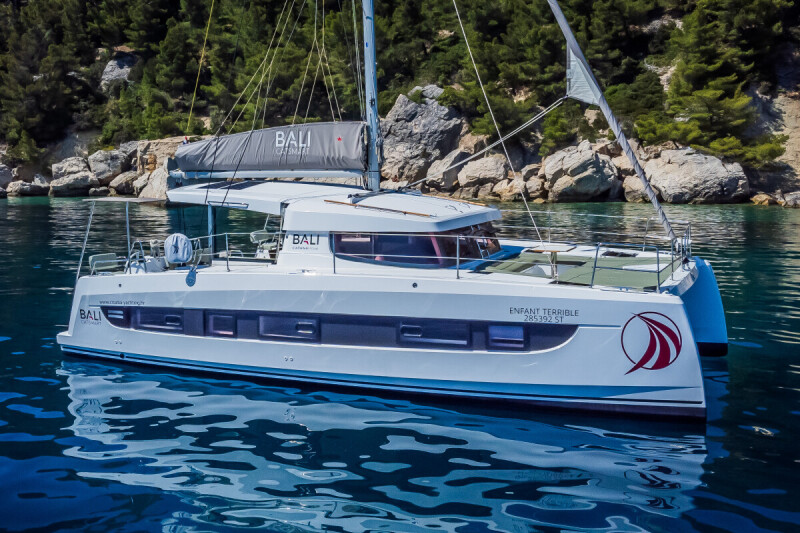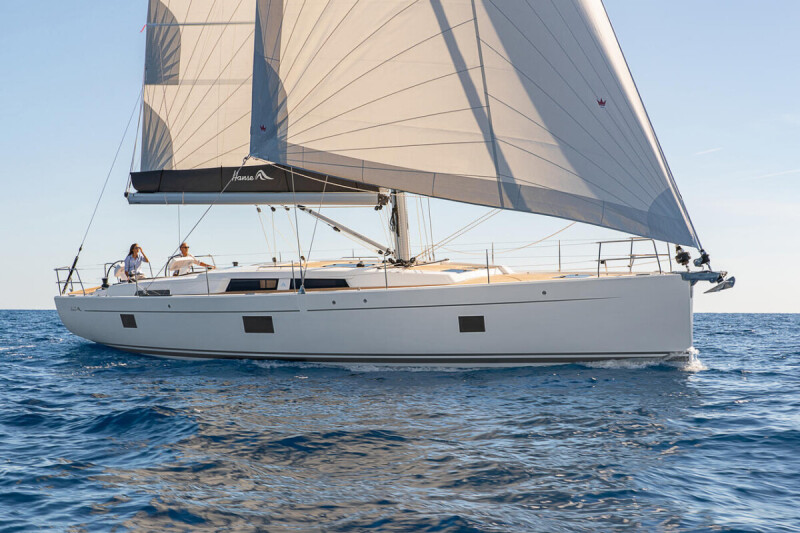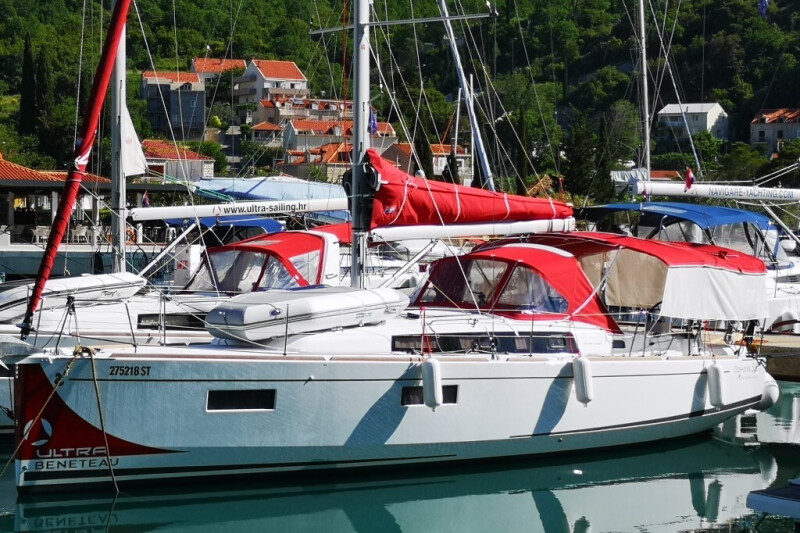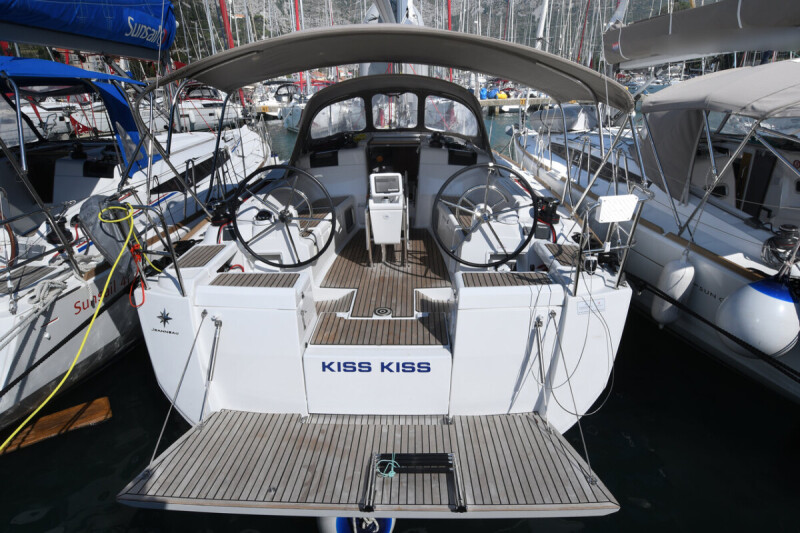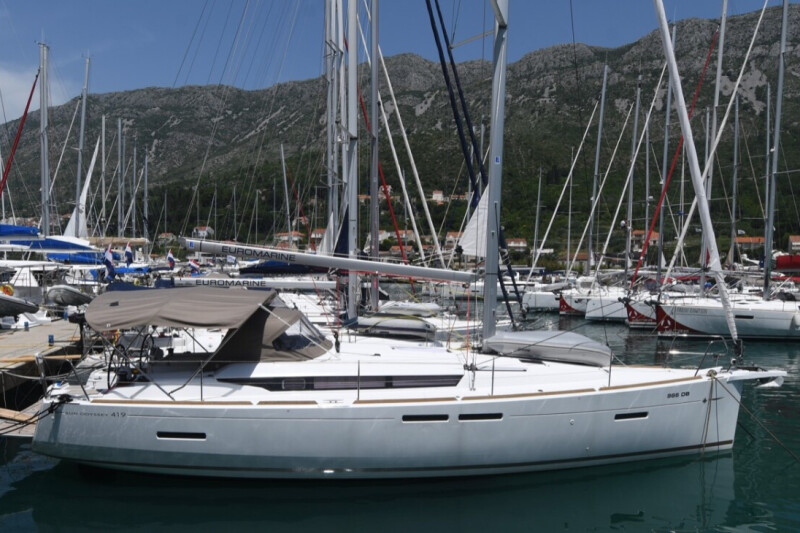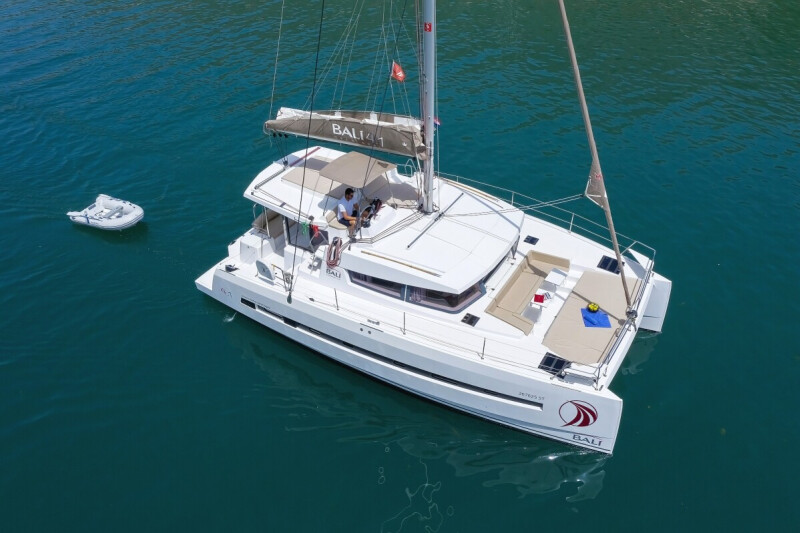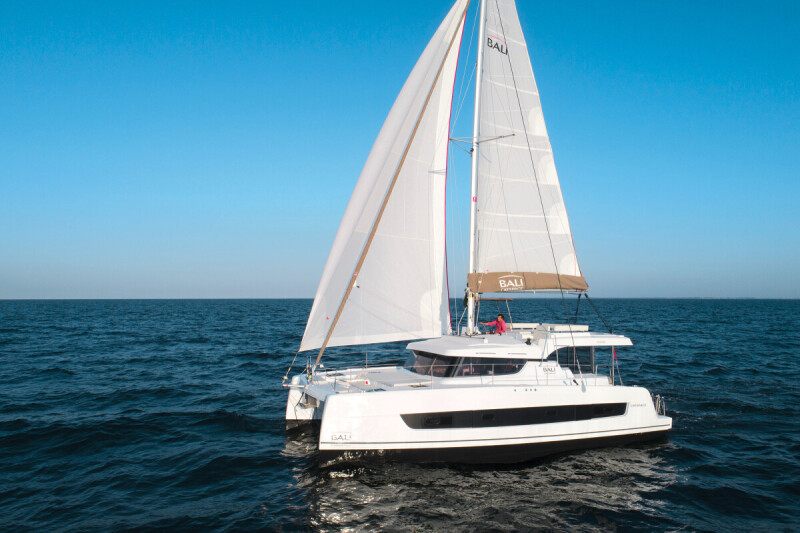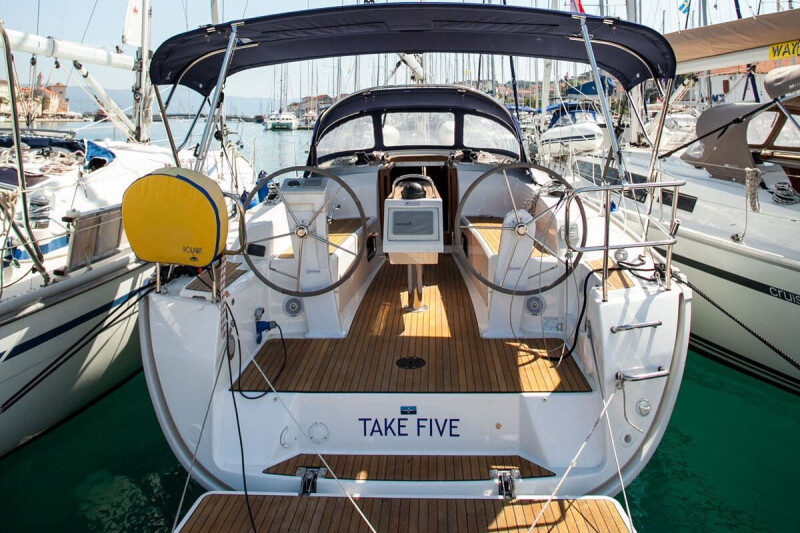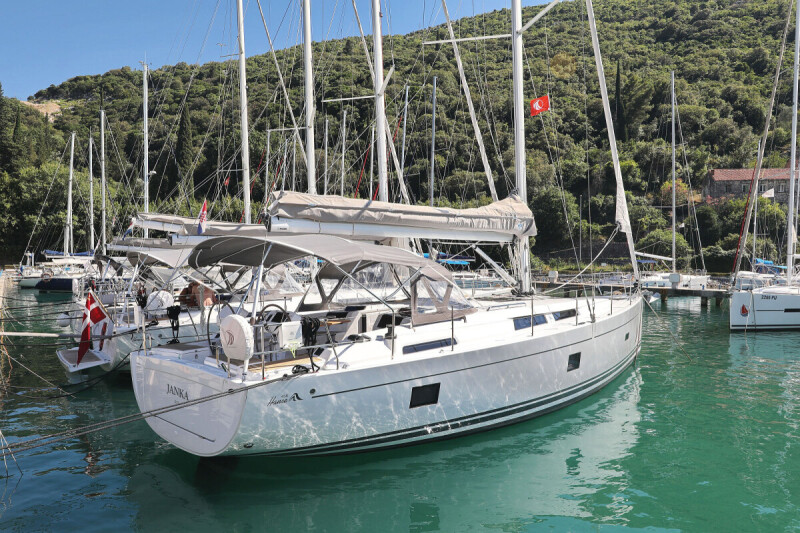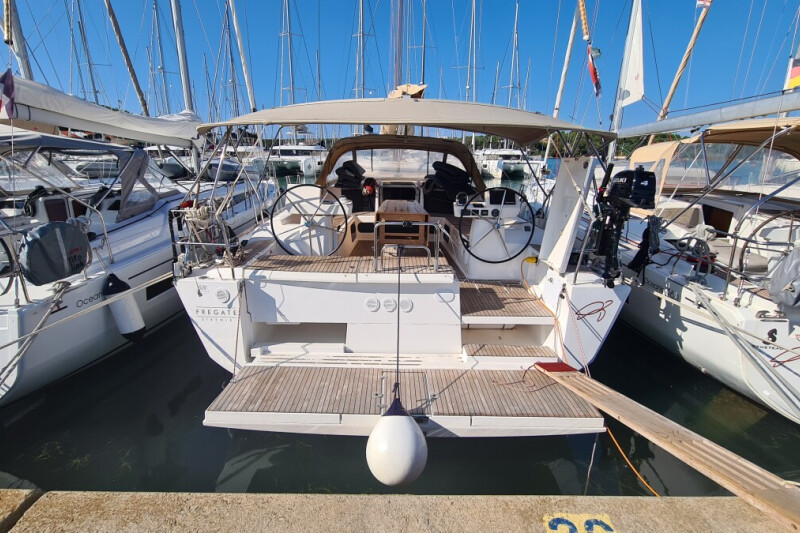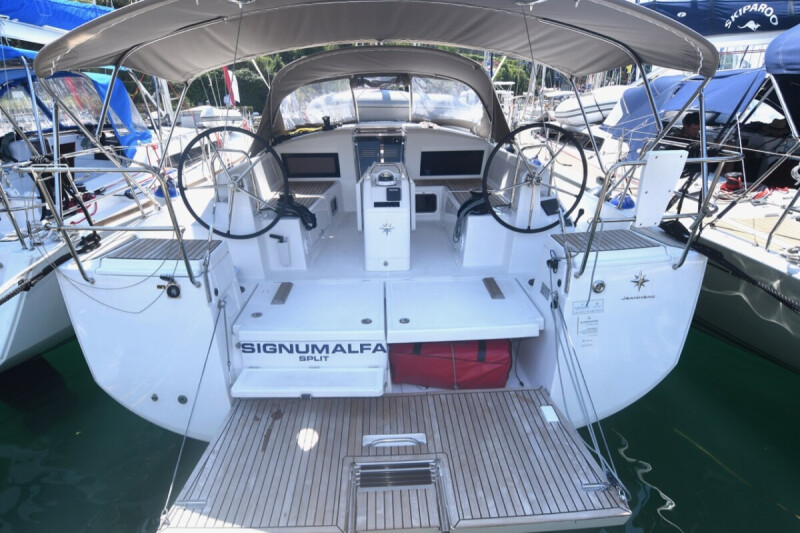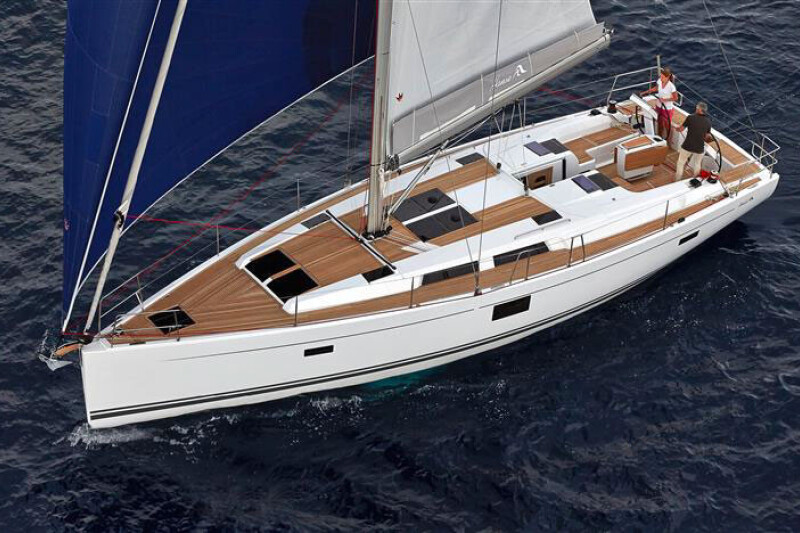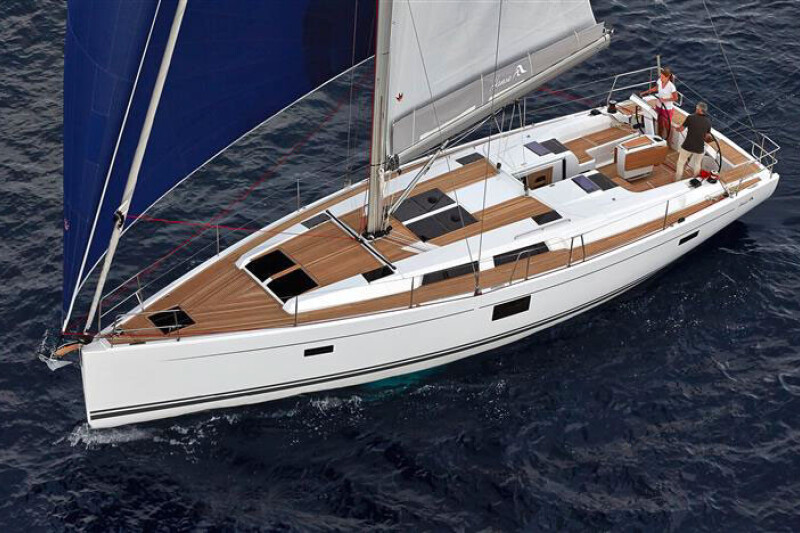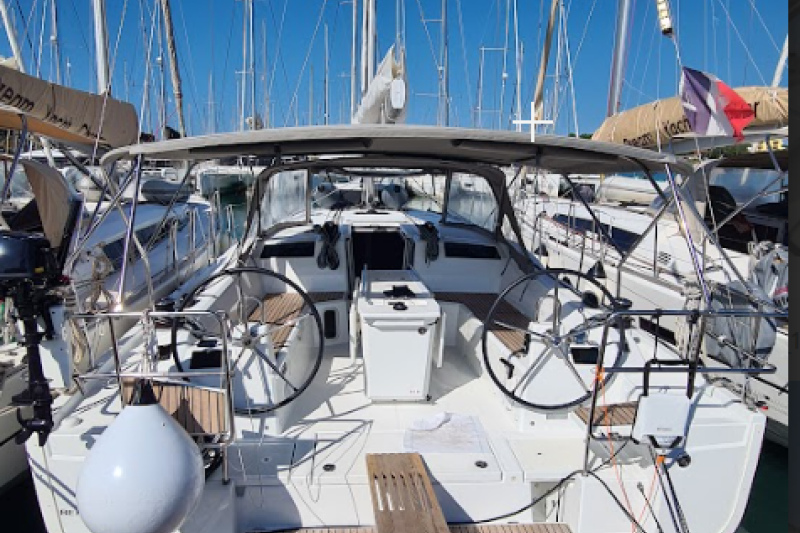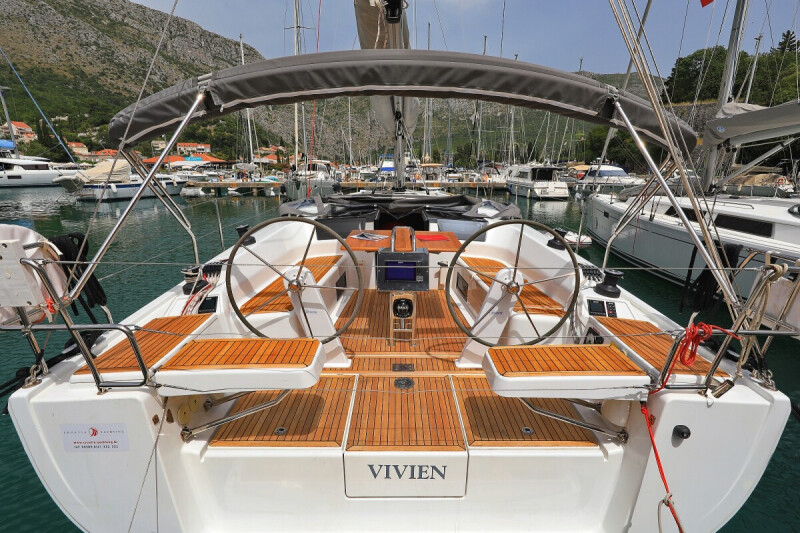Dubrovnik is a Croatian city on the Adriatic Sea. It is one of the most prominent tourist destinations in the Mediterranean Sea, a seaport and the centre of Dubrovnik-Neretva County. Its total population is 42,615 (census 2011). In 1979, the city of Dubrovnik joined the UNESCO list of World Heritage Sites.
The prosperity of the city was historically based on maritime trade; as the capital of the maritime Republic of Ragusa, it achieved a high level of development, particularly during the 15th and 16th centuries, as it became notable for its wealth and skilled diplomacy.
In 1991, after the break-up of Yugoslavia, Dubrovnik was besieged by Serbian and Montenegrin soldiers of the Yugoslav People's Army (JNA) for seven months and suffered significant damage from shelling. After repair and restoration works in the 1990s and early 2000s, Dubrovnik re-emerged as one of the top tourist destinations in the Mediterranean.
According to Constantine Porphyrogenitus's De Administrando Imperio (c. 950), Ragusa was founded in the 7th century, named for a "rocky island" called Lausa, by refugees from Epidaurum (Ragusa Vecchia), a Greek city situated some 15 km to the south, when that city was destroyed in the Slavic incursions.
Excavations in 2007 revealed a Byzantine basilica from the 8th century and parts of the city walls. The size of the old basilica clearly indicates that there was quite a large settlement at the time. There is also evidence for the presence of a settlement in the pre-Christian era.
Antun Ničetić, in his 1996 book Povijest dubrovačke luke (History of the Port of Dubrovnik), expounds the theory that Dubrovnik was established by Greek sailors, as a station halfway between the two Greek settlements of Budva and Korčula, 95 nautical miles (176 km; 109 mi) apart from each other.
Dubrovnik has a borderline humid subtropical (Cfa) and Mediterranean climate (Csa) in the Köppen climate classification, since only one summer month has less than 40 mm (1.6 in) of rainfall, preventing it from being classified as solely humid subtropical or Mediterranean. It has hot, muggy, moderately dry summers and mild to cool, wet winters. The Bora wind blows cold gusts down the Adriatic coast between October and April, and thundery conditions are common all year round, even in summer, when they interrupt the warm, sunny days. The air temperatures can slightly vary, depending on the area or region. Typically, in July and August, daytime maximum temperatures reach 28 °C (82 °F) and at night drop to around 23 °C (73 °F). In spring and autumn, maximum temperatures are typically between 20 °C (68 °F) and 28 °C (82 °F). Winters are among the mildest of any Croatian city, with daytime temperatures around 13 °C (55 °F) in the coldest months. Snow in Dubrovnik is very rare.
